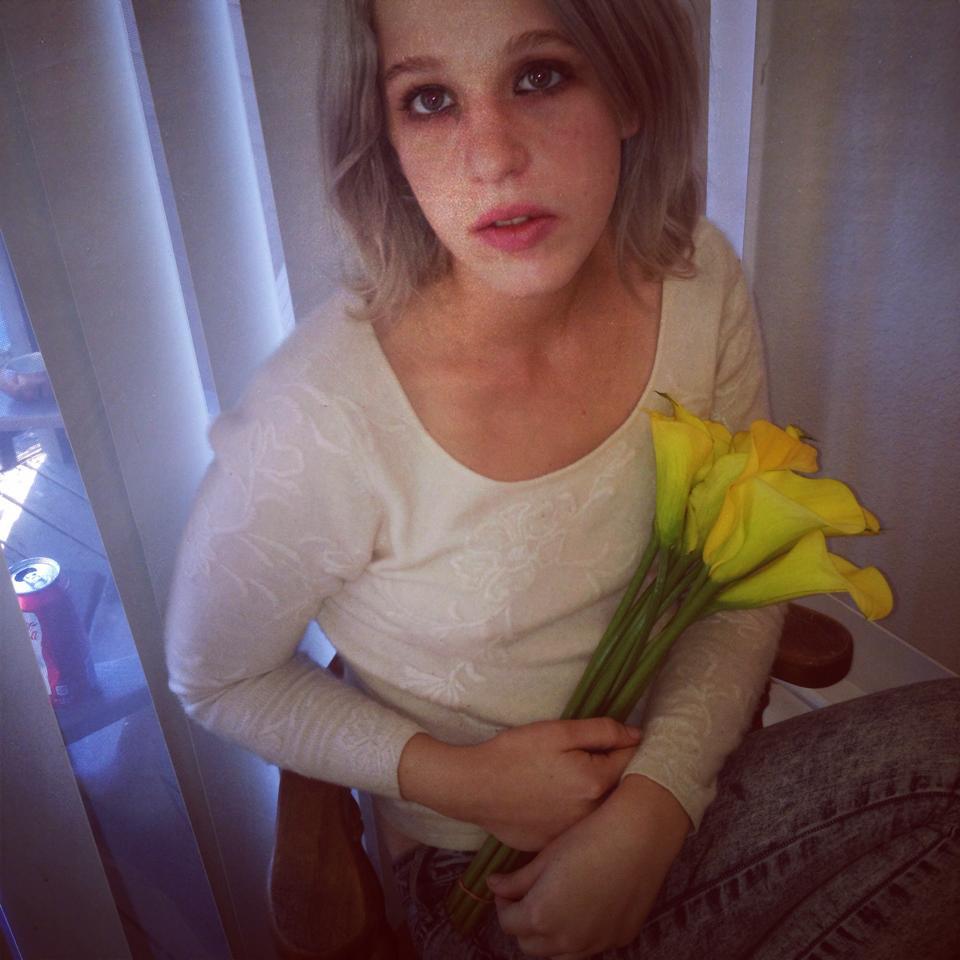photos: Roland Barthes from Camera Lucida
“I’ve lately been haunted myself by one such photograph. It is a well-known image of Lewis Powell, the man hanged for his failed attempt to assassinate Secretary of State William Seward. On the night that John Wilkes Booth murdered the president, Powell was to kill the secretary of state, and their co-conspirator, George Atzerodt, was to kill Vice President Andrew Johnson. Atzerodt failed to attempt the assassination altogether. Powell followed through and inflicted tremendous suffering on the Seward household, though Seward himself would survive the attack.
When I came upon the image of Powell above in a series of recently colorized Civil War photographs, I was immediately captivated by its apparent modernity. Nineteenth century photographs tend to have a distinct feel, one that clearly announces the distant “pastness” of what they have captured. That they are ordinarily black-and-white only partially explains this effect. More significantly, the effect is communicated by the look of the people in the photographs — not their physical appearance, though; rather, it’s the “look” of their personality.
There is distinct subjectivity — or, perhaps, lack thereof — that emerges from most old photographs. There is something in the eyes that suggests a way of being in the world that is foreign and impenetrable to us. The camera itself seems to be a double cause of this dissonance. First, the subjects seem unsure of how to position themselves before the camera; they are still unsettled, it seems, by the photographic technique. They also seem to be wrestling with the camera’s gaze. They are too aware of it. It has rendered them objects, and they’ve not yet managed to negotiate the terms under which they may recover their status as subjects in their own right. In short, they had not yet grown comfortable playing themselves before the camera or with the self-alienated stance that such performance entails.
But then there is this image of Powell, which looks as if it could have been taken yesterday and posted on Instagram. The gap in consciousness seems entirely closed. The “pastness” is eclipsed. Was this merely a result of his clean-shaven, youthful air? Was it the temporal ambiguity of his clothing or of the way he wore his hair? Or was Powell on to something that his contemporaries had not yet grasped? Did his image hold some clue about the evolution of modern consciousness? I went in search of an answer, and I found that the first person I turned to had been there already.
Roland Barthes’s discussion of death and photography in Camera Lucida has achieved canonical status, so I turned to his analysis in order to shed light on my experience of this particular image that was so weighted with death. I soon discovered that an image of Powell appears in Camera Lucida. It is not the same image that grabbed my attention, but a similar photograph taken at the same time. In this photograph, Powell is looking at the camera, the manacles that bind his hands are visible, but still the modernity of expression persists.
Barthes was taken by the way that a photograph suggests both the “that-has-been” and the “this-will-die” aspects of a photographic subject. His most famous discussion of this dual gesture involved a photograph of his mother, which does not appear in the book. But a shot of Powell is used to illustrate a very similar point. It is captioned, “He is dead, and he is going to die …” The photograph simultaneously witnesses to three related realities. Powell was, he is no more, and in the moment captured by this photograph, he is on his way to death.
Barthes also repurposed two Latin words for his analysis: studium and punctum. The studium of a photograph is its ostensible subject matter and what we might imagine the photographer seeks to convey through the photograph. The punctum by contrast is the aspect that “pricks” or “wounds” the viewer. The experience of the punctum is wholly subjective. It is the aspect of a photograph that disturbs the studium and jars the viewer. Regarding the Powell photograph, Barthes writes,
‘The photograph is handsome, as is the boy: that is the studium. But the punctum is: he is going to die. I read at the same time: this will be and this has been; I observe with horror an anterior future of which death is the stake. By giving me the absolute past of the pose, the photograph tells me death in the future. What pricks me is the discovery of this equivalence.’”
—“Dead and Going to Die” By MICHAEL SACASAS


